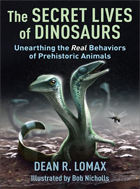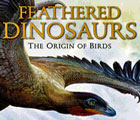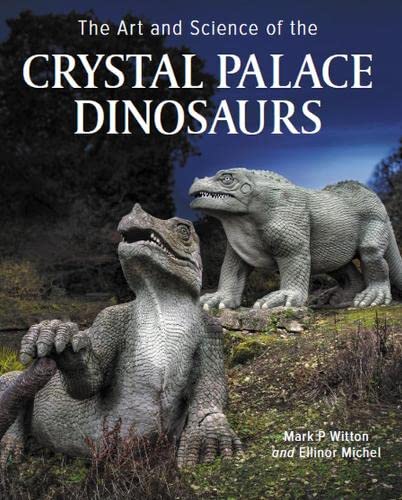Gregarious (gri-gair-ee-uhs) is a term applied to dinosaurs for which there is fossilised evidence of group behaviour. Just like modern herding herbivores and flocking birds, paleontologists often take multi-individual bonebeds as evidence that dinosaurs enjoyed the company of others too. While such pile ups could also be the result of flash floods or long-spanning mud traps, evidence of same-species "head-biting" to establish a pecking order, fossilized trackways, and nesting grounds with remains of all growth stages from embryo to adult tell a different story.
Etymology
Gregarious is derived from the Latin "grex" (flock or herd) and "-Ärius" (connected with; pertaining to).
Further reading
• José Luis BARCO, José Ignacio CANUDO & José Ignacio RUIZ-OMEÑACA (2005) "Gregarious behaviour in theropod dinosaurs inferred from new data
on Therangospodus oncalensis from the Berriasian Fuentesalvo tracksite (Villar del RÃo, Soria, Spain)".
• M. G. Lockley (2013) "Social behaviour" in "Dinosaur Tracks and Other Fossil Footprints of Europe












